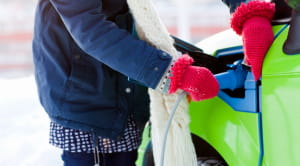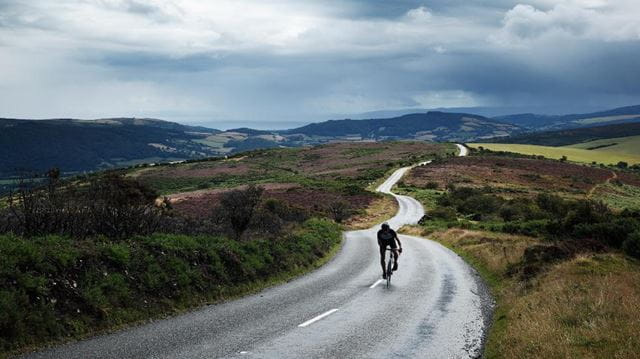
This year, Road Safety Week (15-21 November) is focusing on ‘Road Safety Heroes’, so we’ve put together this guide to help you become your own Cycling Hero
In July the government announced a £338 million package to promote active travel (cycling and walking), and to create new cycleways and pedestrian schemes. Together with changes to The Highway Code expected in in early 2022 to include a new hierarchy of road users prioritising pedestrians and cyclists, there’s never been a better and safer time to dust off your bike. You’ll not only improve your health, but reduce pollution and traffic congestion too.
And, if like most of us, you don’t intend to ditch motoring completely, for those shorter journeys, you can still happily save fuel and leave your car in the drive with your traffic jam frustration. Find out more about Road Safety Week here.
Do I need a lot of expensive equipment and gear to cycle on the roads?
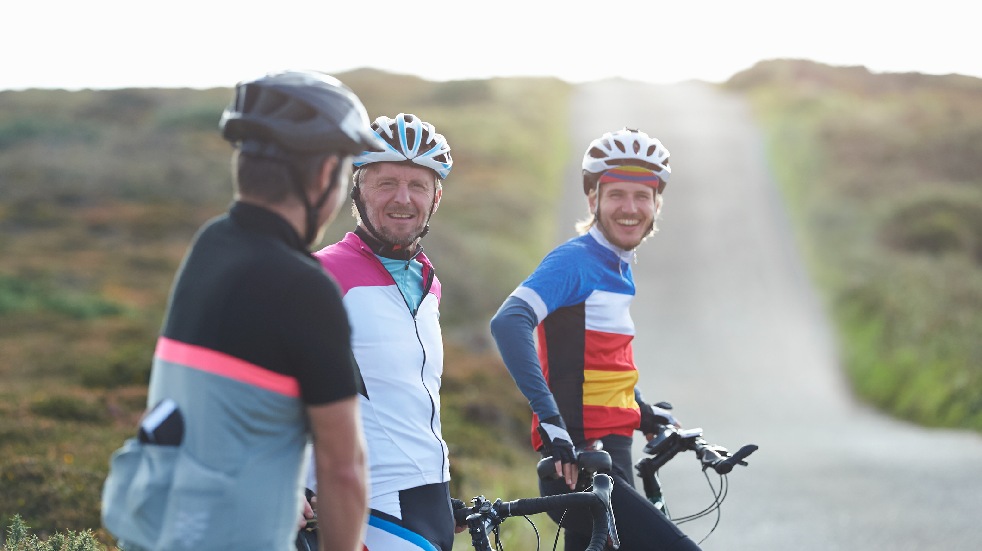
The short answer is no, but before you set off, being a safe and careful cyclist takes a little essential preparation and kit. However, the good news is that it’s quick, easy, and involves only a minimal spend. You will require a helmet, cycle pump, and suitable clothing from your current wardrobe. If you can’t be seen leaving your house without your flares, then also get a cheap trouser clip so you don’t become permanently attached to the bike-chain. It’s also a great idea to take an accessible and easy-to-use water bottle.
Is it UK law to wear a cycle helmet when out on the roads?
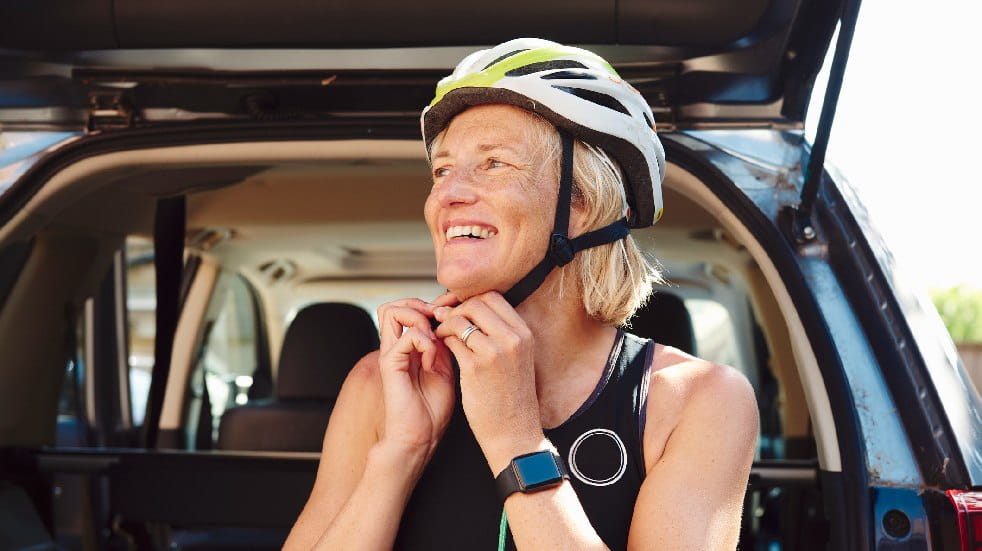
Although it isn’t illegal to cycle without a helmet, most cycling clubs and cycle parks insist on it, and for good reason. Research has proven that helmets protect against fatal and serious head and brain injuries by up to an impressive 60% if you’re involved in an accident, or should you fall off. Replace the helmet if it’s damaged and make sure it’s always securely fitted on your head with the chin strap.
What are the legal requirements for cyclists?
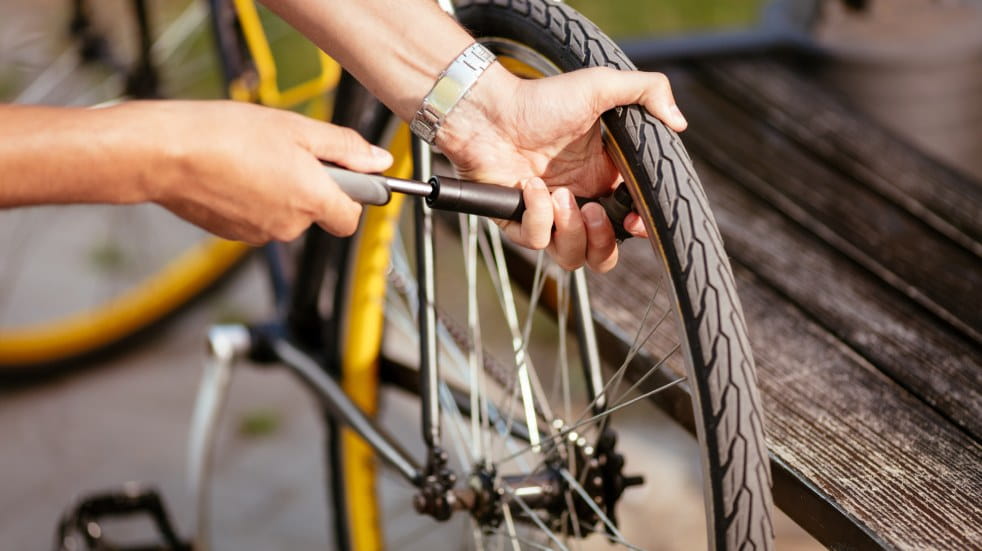
Now you’re ready, let’s have a look at the bike itself. First off, if you haven’t taken it out in a while, pump up the tyres to the recommended pressure, and properly adjust and oil the chain, checking for defects. Do your gears work properly? If not, it’s time for a bike service. If you’re going to be cycling in the dark, the law (RVLR regs 13, 18 & 24) says you must have lights fitted – a white light at the front, and a red light plus red reflectors at the back. Brake recommends amber reflectors on both pedals. The law also requires you to ensure that your brakes are in good working order before you set off. Check the lights are working, and wipe dirt off the reflectors. The more easily you can be seen, the more unlikely it is you’ll be overlooked by other road users. With this in mind, wear bright clothing, and for maximum safety, Hi-Vis vests cost as little as a few quid. Likewise, your bell is your bike’s warning signal, so don’t set off without one.
Do cyclists have to obey the Highway Code?
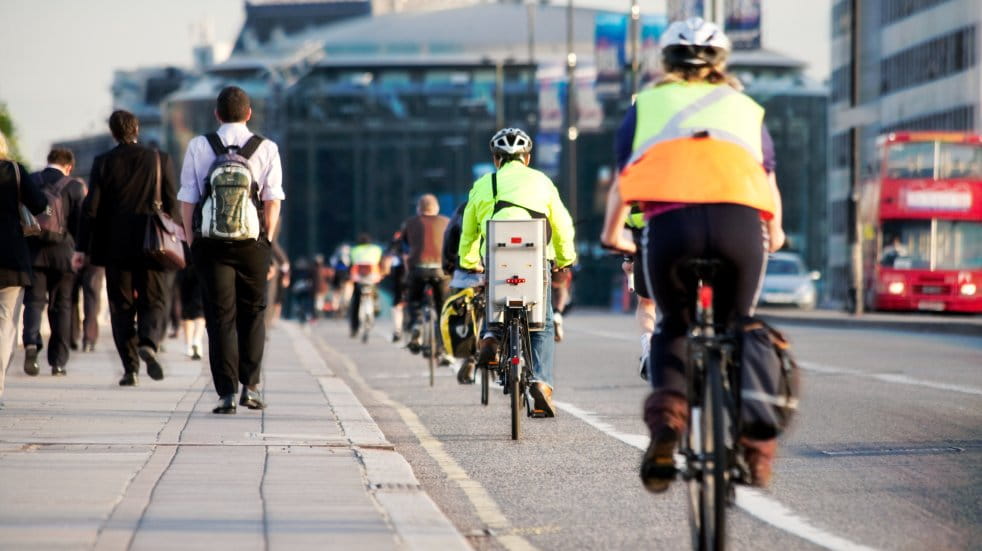
Indeed they do, and there’s even a special section in it - The Highway Code for cyclists. All the rules of the road are laid out here, and they apply to everyone who uses the highways, including pedestrians, cyclists and horse riders. If you’re out cycling with your family, do you all know what to do at a roundabout or junction? As you don’t have indicator lights, make sure you know and practise all of the correct hand signals, as it’s vital that you signal properly to indicate your intention to turn or slow down. Other road users should make this part of their common knowledge too, so they can anticipate what cyclists intend to do.
Can cyclists ride side-by-side?
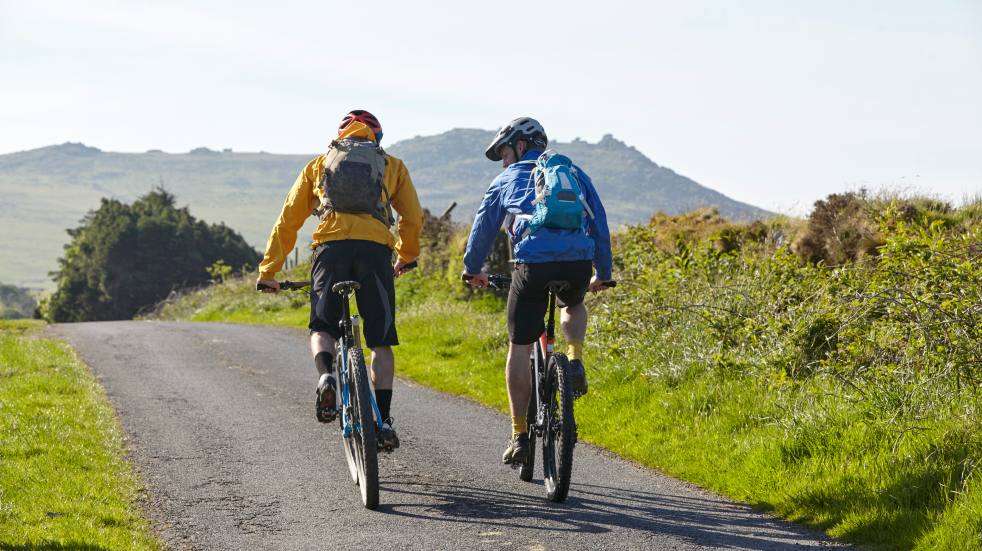
In short, yes! But there are guidelines, which not only increase safety, but help to alleviate stress for cyclists and drivers. Cyclists should try to ride single file on narrow or busy roads, and when cycling around bends. However, you should always ride in pairs if it increases the safety of the situation for the rider and the motorist. Those of us who are also motorists should always be aware that the same safety rules apply when overtaking a car or a bicycle, and we should leave plenty of space when we do so.
Are there any hidden dangers cyclists need to be aware of?
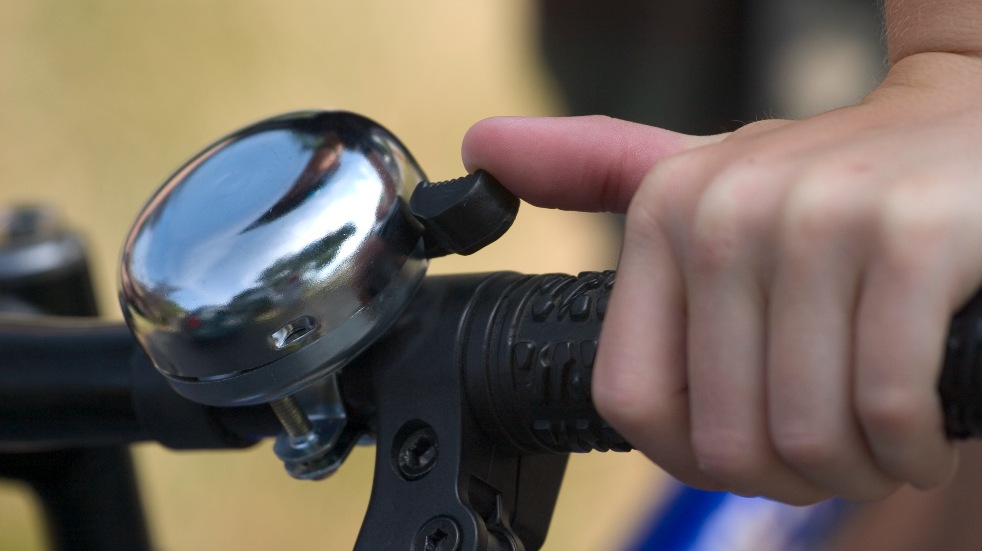
Many seasoned cyclists are hyper-aware that our sense of hearing is vital for road safety. With this in mind, don’t put in both earphones if listening to music or podcasts. Someone may try to warn you of a potential hazard that you haven’t seen, and other cyclists will indicate with their voice or bell that they are intending to pass you. Likewise, always give pedestrians and fellow cyclists a courtesy bell ring, followed up by your voiced intention, like ‘passing on your right’ – not only is it polite, but it could save you from a nasty and avoidable collision. Another common mistake is not keeping both hands on the bike. If you’re approaching horses, it’s always best to slow down, and assess the situation properly. Even if the animals have road experience, one of them may be in distress or caught by surprise, so make sure it’s safe to pass. And last but not least, cyclists should look out for car indicators, and never under or overtake a turning vehicle.
Are there any hidden dangers that motorists need to be aware of?
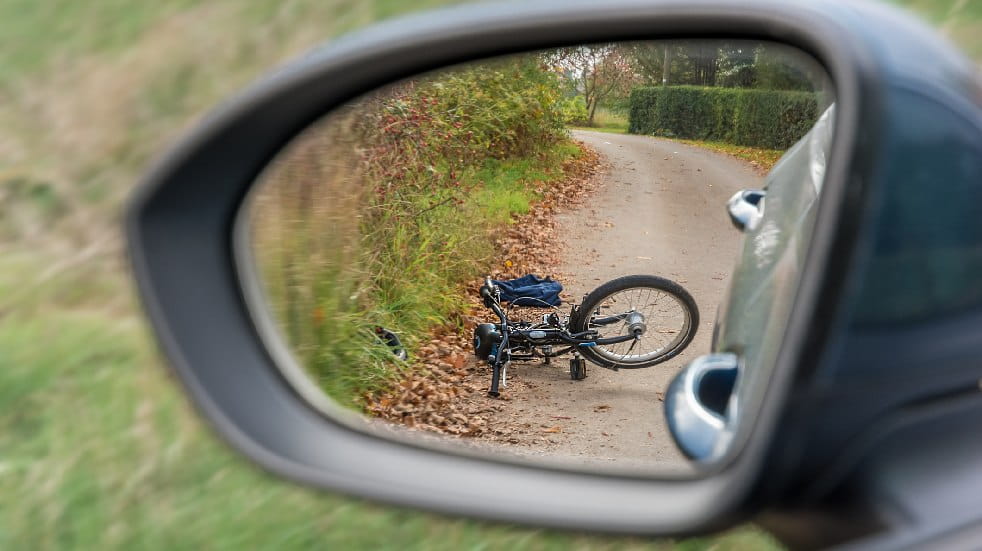
Older road users may remember the famous 1970s slogan, Think Once, Think Twice, Think Bike, and it’s as relevant as ever. As drivers we are prone to seeing only what we expect to see, so taking that extra look literally saves lives. Cyclists may not see you coming up fast, so watch for their hand signals, and potential hazards that may force them to pull out, like a car door opening. You should also give cyclists the same safety considerations you’d give to another car. Don’t cut across cyclists to turn left, forcing them to brake suddenly, or even worse, collide with you.
I’ve heard that government announced changes to the hierarchy on roads to increase safety. Is this true and when does it come into effect?
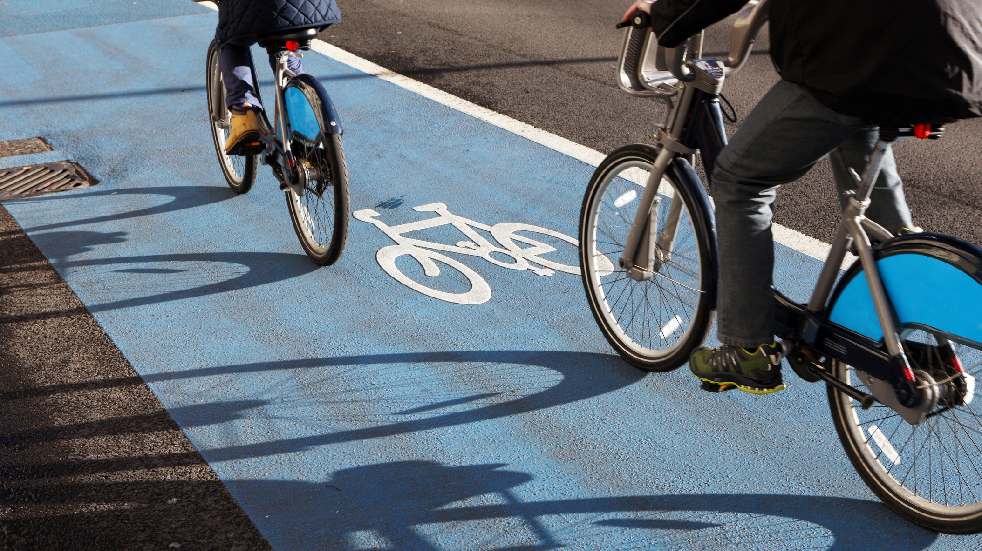
You’ve heard correctly! The government announced in August that the hierarchy would change. There was an in-depth review, and the guidelines (to be updated in January 2022) will put the road user groups in order of most vulnerable taking priority. There is also a new spotlight of awareness on people with disabilities who may be using cycles as a form of mobility and cannot dismount in various situations.
In essence, respect for each other and the rules of the road, make for a great cycling experience. And that reminds us - don’t forget your waterproofs!
Want to know more?
Find out more about Road Safety Week and Road Safety Heroes here.


